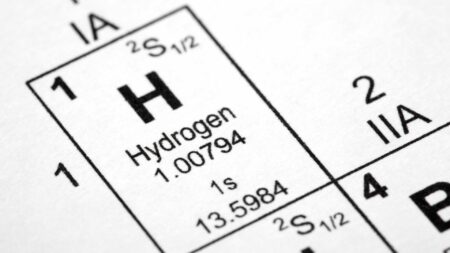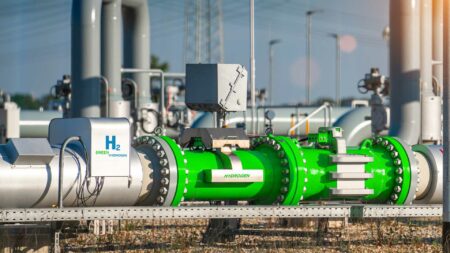Celadyne Technologies a University of Texas at Austin spinout that makes materials to improve hydrogen fuel cells and electrolyzers, has received an investment from Shell Ventures.
The startup aims to make fuel cells and electrolyzers more viable to power everything from long-haul trucks and drones to large-scale industrial processes. The company created a membrane that can operate at higher temperatures than traditional membranes and does not rely on high humidity, speeding up the key chemical reactions that power fuel cells and electrolyzers and creating a path toward cheaper, smaller and more efficient devices.
The new investment and alliance with Shell Ventures is tied to Celadyne’s participation in a startup accelerator called Third Derivative, founded by the Rocky Mountain Institute. The deal builds on a previous relationship between the companies that started when Celadyne was a member of the inaugural cohort of the H2Refuel Accelerator sponsored by Shell.
In order for hydrogen to play a significant part in the world’s energy transition, hydrogen devices such as fuel cells and electrolyzers need to become more efficient, simpler to manufacture and less expensive in order to achieve large-scale adoption. Increasing the speed of chemical reactions by upping the operational temperature of membranes is the best way to accomplish those goals.
Traditional membranes can operate only at temperatures of 80 degrees or less. Celadyne’s proton-exchange membranes double that operational temperature, and they can operate independent of humidity.
Ong co-founded the company with Delia Milliron, chair of the McKetta Department. Ong worked in Milliron’s research group during his time at UT Austin. The big discovery that eventually led to the formation of the company came almost by accident through an experiment that seemed to have little practical application: examining how protons move through nanocrystal films. By combining nanocrystals with a polymer, they got a much larger increase in conductivity than expected.
This breakthrough made sense for hydrogen devices because reducing resistance in moving protons is crucial in facilitating the chemical reactions between hydrogen and oxygen.








